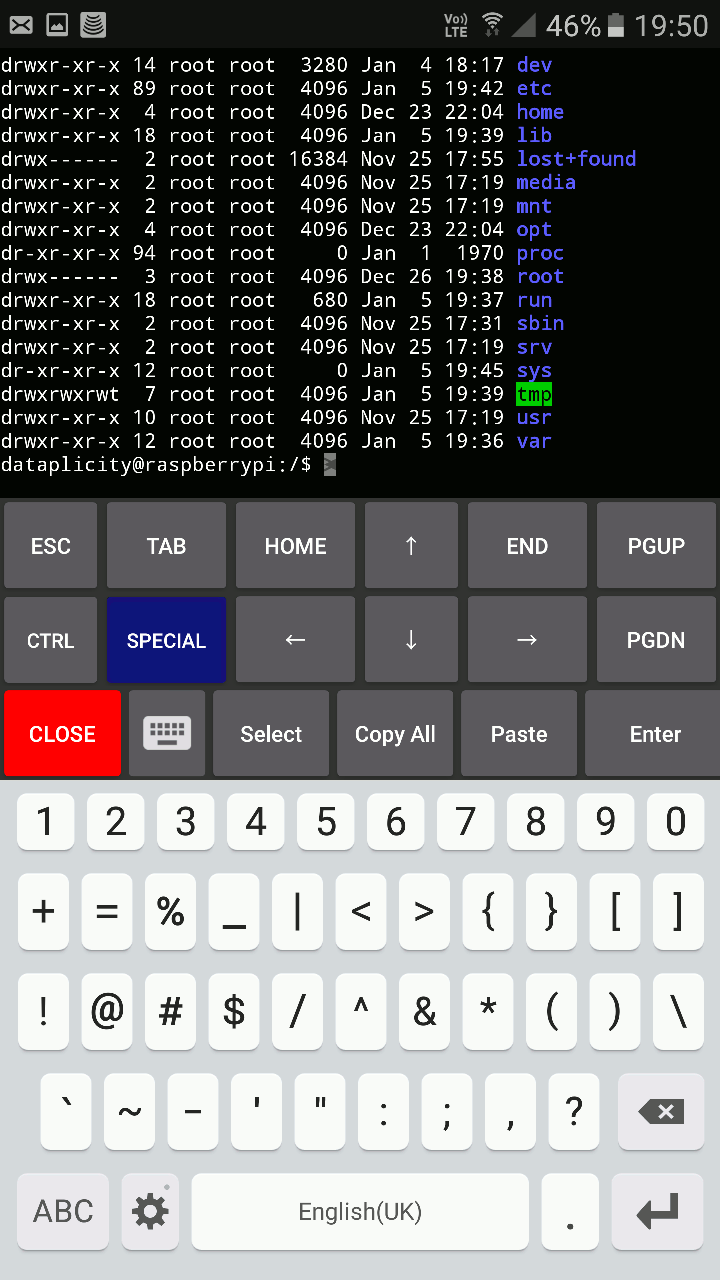Remote access to a Raspberry Pi has become an essential skill for many tech enthusiasts and professionals alike. Whether you're managing a home server, automating systems, or simply tinkering with projects, being able to control your Pi from anywhere can significantly enhance productivity and convenience. With the right tools, accessing your Raspberry Pi remotely doesn't have to be a daunting task.
In 2023, there are numerous software solutions that make remote access not only possible but also seamless. From using personal domains to leveraging browser-based interfaces, these tools cater to different needs and technical levels. This article explores the top five software solutions that allow you to access your Pi remotely with ease, ensuring you have the flexibility and security required for modern-day computing.
Setting Up Remote Access Using AdGuard Home
One of the most popular methods to access your Raspberry Pi remotely is by utilizing AdGuard Home on Diet Pi. This setup allows you to manage DNS services while maintaining privacy. By configuring AdGuard Home with a personal domain name, you can ensure secure access without exposing sensitive data. Many users opt for this method because it provides both functionality and protection against unwanted tracking.
Although some guides suggest integrating Cloudflare for enhanced features, Diet Pi does not offer this as a pre-installed package. Instead, users must manually set up their configurations. This involves setting up a dynamic DNS service to map your personal domain to your Pi's IP address. Once completed, you'll have a reliable connection that updates automatically when your network changes.
This approach is particularly beneficial for those who prioritize privacy and control over their internet traffic. By handling DNS queries locally through AdGuard Home, you reduce reliance on third-party services. Additionally, having a personalized domain makes it easier to remember and access your Pi from any device connected to the internet.
Connecting Your Pi Server on Windows Workstations
For users working within a Windows environment, establishing a remote connection to a Raspberry Pi server can streamline workflows. One effective way to achieve this is by deploying a test program designed specifically for accessing the Pi server hosted on virtual machines (VMs). These VMs should reside on the same subnet as your workstation to ensure smooth communication.
The process begins with creating a test program tailored to interact with your Pi server. This could involve scripting languages such as Python or utilizing SSH clients like PuTTY for terminal-based interactions. Ensuring both VMs share the same subnet facilitates direct communication without complex routing configurations.
By implementing such setups, users gain the ability to perform tasks remotely, whether it's monitoring system performance, executing scripts, or transferring files. Such capabilities prove invaluable in scenarios where physical access to the Pi might be limited or impractical.
Utilizing Software Solutions for Easy Pi Management
Installing dedicated software on your Raspberry Pi simplifies management and enhances usability. A prime example includes setting up applications that generate sign-in links for easy access. After installation, rebooting the Pi ensures all components initialize correctly before proceeding further.
Once installed, generating a unique URL allows authorized users to log into their respective Pis securely. This feature proves especially useful in collaborative environments where multiple individuals require access under controlled conditions. It eliminates the need for sharing credentials while maintaining accountability among team members.
Moreover, platforms offering web-based interfaces enable administrators to manage settings directly via browsers, reducing dependency on specific operating systems or additional software installations. Such versatility caters well to diverse user preferences and technical backgrounds.
Browser-Based Remote Desktop Solutions
Accessing a Raspberry Pi remotely through a browser presents another convenient option available today. Various tools support this functionality, allowing users to operate their Pis much like traditional computers regardless of location. However, challenges may arise during implementation; for instance, compatibility issues when attempting to integrate Chrome Remote Desktop.
To overcome these hurdles, consider alternative solutions compatible with major browsers. Some options provide lightweight clients requiring minimal resources yet delivering robust performance suitable for everyday usage. These include VNC Viewer, which supports cross-platform connectivity across Mac, Windows, and Linux devices.
Implementing browser-based remote desktop solutions offers several advantages, including simplified deployment processes and reduced hardware requirements. Users benefit from increased flexibility since they no longer need specialized equipment to connect to their Pis effectively.
Streamlining OpenHAB Configurations Through Remote Access
When helping friends automate homes using OpenHAB installed on Raspberry Pi, efficient remote access becomes crucial. Tools like PuTTY facilitate command-line interactions necessary for updating packages or troubleshooting issues. Coupled with shared folders via Samba and development environments like Visual Studio, comprehensive editing capabilities extend beyond basic configurations.
While initial setups typically occur onsite due to hardware constraints, subsequent maintenance often benefits from remote procedures. Establishing secure channels between local networks and external connections enables ongoing support without necessitating frequent visits. This arrangement fosters greater independence for end-users while retaining professional oversight.
Furthermore, adopting standardized practices for securing remote sessions safeguards sensitive information against unauthorized access. Regularly updating firewalls, employing strong authentication mechanisms, and encrypting communications contribute toward building resilient infrastructures capable of meeting contemporary cybersecurity demands.
Building Bridges Between PLC Networks and Home Systems
Raspberry Pi serves as an excellent intermediary for connecting industrial automation systems like Programmable Logic Controllers (PLCs) with residential networks. Envisioning a scenario where one wishes to monitor or control factory equipment remotely introduces intriguing possibilities achievable through proper networking strategies. Leveraging advanced protocols ensures seamless integration despite potential differences in architecture.
Creating bidirectional pathways requires careful planning involving appropriate hardware selections alongside customized firmware implementations. For example, configuring Ethernet adapters properly enables stable communication links between disparate networks. Simultaneously, ensuring adequate security measures protect critical infrastructure from malicious intrusions.
As technology continues advancing rapidly, opportunities expand exponentially for innovative applications bridging traditionally separate domains. Harnessing the power of Raspberry Pi opens doors towards realizing smarter interconnected ecosystems enhancing operational efficiencies worldwide.

